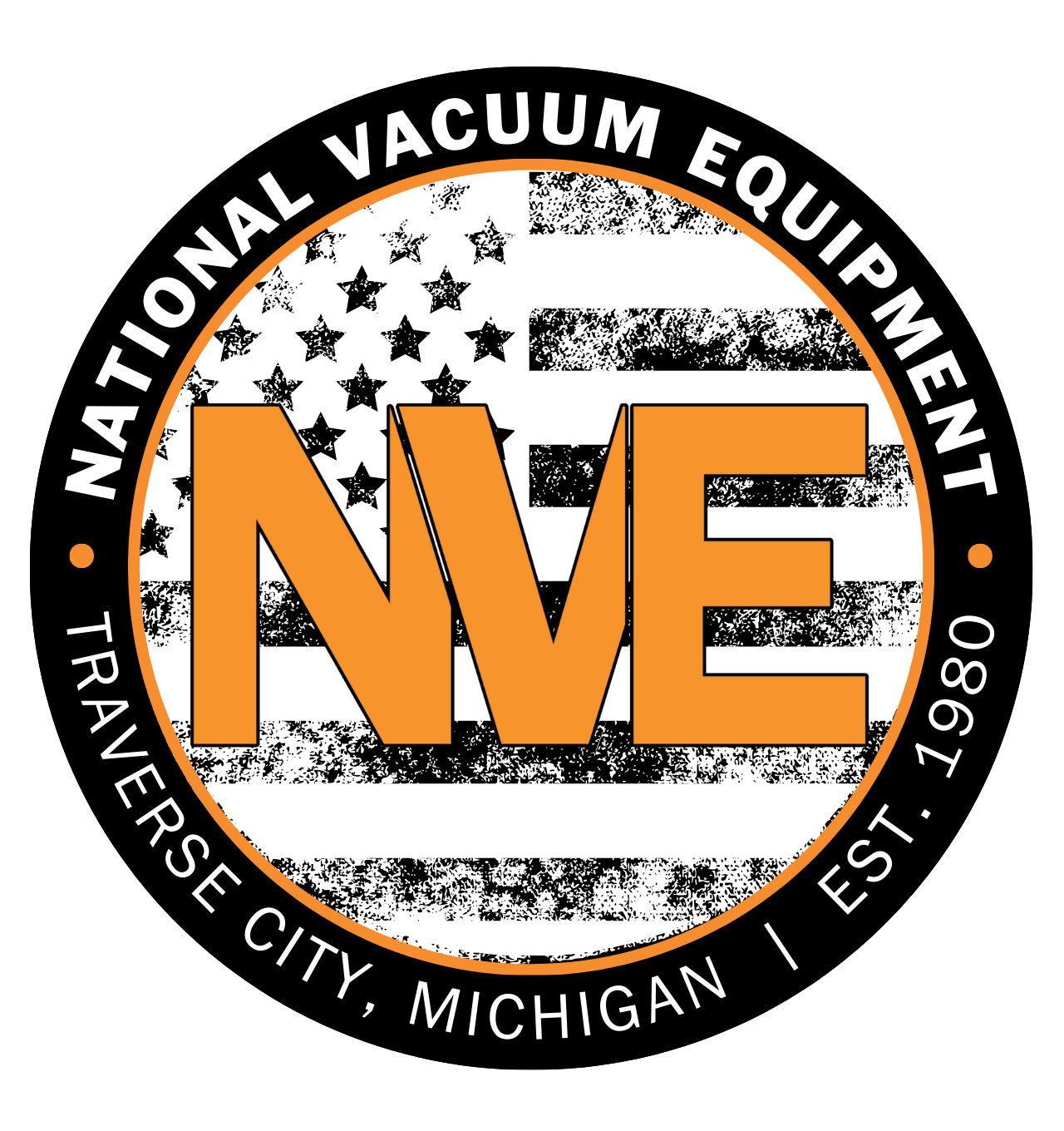
New Alliance Advocates for Safer Streets
By Beth Milligan | April 8, 2025
A new alliance representing multiple local nonprofits and advocacy groups – including TART Trails, Cherry Capital Cycling Club, Streetcraft, Norte, Groundwork Center, GTA Chapter of Citizens’ Climate Lobby, Disability Network Northern Michigan, Traverse City Track Club, and League of Michigan Bicyclists – has launched in Traverse City with the shared mission of making local roads safer for all users. The new Grand Traverse Safe Streets Alliance (GTSSA) presented to city commissioners Monday, outlining a list of “quick hit” projects that could cheaply and quickly improve city streets – as well as longer-term goals to create a safe network of non-motorized corridors.
Director of Advocacy Richard Robbins introduced the group publicly Monday at the city commission, simultaneously debuting a website outlining GTSSA’s mission and project goals. The “non-partisan, goal-focused alliance” aims to accelerate local efforts to create “a complete network that accommodates all users to get around safely in different ways.” Robbins, a local retiree, says he started working on the alliance idea a year ago after moving to Traverse City and joining the Cherry Capital Cycling Club.
“The challenge I had is that I’m a road warrior, so I don’t feel uncomfortable biking places, but about half the population does,” he says. He points to Michigan Department of Transportation (MDOT) survey data showing that lack of infrastructure and safety concerns are among the top barriers people cite to bicycling more often. Other user groups have similar accessibility concerns, Robbins says.
“They don’t believe they have safe corridors to cycle, or walk, or run, or use a wheelchair,” Robbins says. “We represent all those constituents.” GTSSA established a working group that’s been meeting monthly to identify concrete solutions for local safety improvements. That led to a “quick hit” list of projects – which target problematic road segments identified by partners – where improvements that require minimal cost and effort to implement could offer quick safety results.
Robbins shared some examples of those projects Monday. The section of Franklin Street between Eighth Street and SideTraxx connects the downtown trail system with the Boardman Lake Loop Trail, for example, making it highly popular for cyclists – but there’s no delineation for cyclists on that street. GTSSA suggests using inexpensive delineator posts and paint to create a two-way cycle track on part of Franklin (pictured, before and after). “We could get something like that implemented in May as a pilot project, do counts to track usage, and determine in November whether we want to keep it going,” Robbins tells The Ticker. “It’s a quick hit that could significantly increase safety.”
GTSSA is also advocating for a more robust pavement parking program by the city. The group shared photos of busy intersections – such as Front/Union and Eighth/Woodmere – where pedestrian crosswalks are barely visible or missing altogether. That means both pedestrians and drivers are lacking key visual cues about where crossings are supposed to occur, Robbins says. Visible crosswalks are among the cues guide dogs also use to help their handlers safely cross the road, he notes. “It’s a safety issue of the utmost importance,” Robbins says. “Our hope is to have commissioners direct staff to implement a rigorous painting schedule, maybe twice a year, to make sure they are bright and visible to everyone.”
Other “quick hit” projects including a safer TART Trail crossing over Garfield Avenue by Hannah Avenue, two-way bike lanes on Seventh Street, a flashing beacon for the Parsons Road roundabout crossing, an expanded shared trail/road by the Delamar, a north side connection at Ashton Park to Hill Street, and expanded bump-outs at the Seventh/Union intersection. GTSSA features hi-res graphics for each of those projects on its website allowing users to view the project area as it exists today. They can then use a “slider” to overlay the improvements and see how the road would look if upgraded. Residents can also comment on each individual project with questions or ideas, plus suggest other street areas that need improvements.
With city and public input, GTSSA hopes to return to commissioners in the next few months with a list of prioritized projects to be tackled first, along with estimated costs. GTSSA also has longer-term goals in mind, including what the group describes as a “2x4 Vision.” That project aims to eventually create two east-west and four north-south dedicated, non-motorized transportation corridors people can use to safely navigate the Traverse City grid. “This is not a single project but a guiding principle to ensure that smaller improvements – such as bike lanes, crosswalks, or multi-use paths – contribute to a larger, cohesive system,” GTSSA notes. “No specific routes have been determined yet, allowing flexibility as projects develop.”
Robbins also sees synergy with other planning efforts underway, like the city’s recently approved Mobility Action Plan. While GTSSA is focused primarily on advocacy to start, the group could eventually expand into fundraising support for projects, Robbins says. The group is intentionally structured as an alliance and not a nonprofit, but its membership contains numerous nonprofits that could serve as fiduciaries for donations and grants. Robbins says the group isn’t trying to mandate specific solutions but rather offer ideas for discussion and be a “voice for the public” on safety. That includes attending meetings of the city and county commissions, the TC Downtown Development Authority, MDOT, and the GT County Road Commission, among others. While the current alliance members already “represent hundreds and hundreds of active households in Traverse City,” Robbins says, GTSSA hopes more partners will join, ranging from entities like BATA to local neighborhood associations.
Robbins emphasizes that GTSSA is intended to be a collaborative and not adversarial group. The alliance is not anti-car, he says, pointing to a vehicle featured in the GTSSA logo. “Driving is a critical way of getting around this region, and our goal is to create safe and efficient roads for everyone,” the GTSSA website states. While people biking or walking “face a much higher risk of injury or death in a crash,” the alliance notes “there are plenty of roads in this region that should be improved to be safer for drivers, too.” Robbins adds: “We all have to work together, and we’re all using common infrastructure, so let’s make it safe for all of us.”
Comment






